The Black Sole, also known as the common or Dover Sole, is a species of fish with a characteristically flattened body. Researchers place this species in the Soleidae family with the other true Soles.
As members of the taxonomic order Pleuronectiformes, these fish share relatives with the flounders, halibut, turbot, and other flatfish. Read on to learn about the Black Sole.
Description of the Black Sole
This species has a dramatically flattened body which helps them blend in with the bottom. Unlike most fish, which have one eye on either side of their bodies, these creatures have both eyes on their top halves.
The common Sole measures about a foot long on average. However, these fish can reach lengths over two feet long and up to six pounds.
Interesting Facts About the Black Sole
These fish have a number of interesting traits and adaptations. Learn more about what makes them unique, below.
- M(eye)gration – As is the case with other flatfish, such as flounder and halibut, this species has both eyes on one side of its head. The larval stage has “normal” eyes on either side of the fish, and one eye migrates to the other side as the fish matures.
- Larval Lifestyle – The larval young of these fish live pelagic lifestyles. They drift about in the open ocean until they reach their juvenile phase. Then, their eyes migrate and they move to the bottom to become demersal.
- What’s in a Name? – People often refer to this species as the “Dover” Sole. This name refers to the town of Dover, England. In the 19th century, this fishing port hauled in large amounts of this species.
- Food Fish – Many different people eat this fish. It has high-quality taste and texture that chefs use in a number of different dishes. This fishing pressure has reduced populations in some regions.
Habitat of the Black Sole
The many different species all utilize demersal habitats, or habitats along the bottom of the sea. Each species has its own unique preferences as far as depth and substrate go. Some prefer waters closer to shore, while others live along the continental shelf in deeper waters or in the deep sea.
Distribution of the Black Sole
This fish lives primarily off the coast of Europe in the eastern Atlantic Ocean. Its range extends from the coast of Norway down to southern Sweden and northern Poland. You can also find it along the coasts of the United Kingdom, and down the coast of France and Spain into the Mediterranean Sea. It also lives along the northern coast of Africa.
Diet of the Black Sole
These fish have carnivorous feeding habits, which means that they prey on other animals. Their diet varies based on the age of the fish. Larval individuals hunt for microscopic organisms and detritus while drifting in the water column. Juveniles and adults feed on plankton, worms, small crustaceans, and more.
Black Sole and Human Interaction
People capture this fish quite frequently and heavily. Recreational and commercial fisheries for this species both exist. They have high-quality meat with desirable texture and flavor that many people like to eat.
Pressure from fishing has reduced some populations regionally, and the IUCN lists the overall population as Data Deficient.
Domestication
Humans have not domesticated this fish in any way.
Does the Black Sole Make a Good Pet
People generally do not keep these fish as pets.
Black Sole Care
Public aquariums sometimes keep this species to teach guests about ecosystems in the area and the problems of overfishing. The tank size, salinity, pH, diet, temperature, and other care needs replicate the natural conditions that the fish experience in the wild. Typically, they thrive on a diet of small fish, shrimp, krill, and more.
Behavior of the Black Sole
These creatures hunt via ambush. They use their flat bodies and dark coloration to blend in with the mud or gravel along the bottom. Using their camouflage, they wait for prey to stray too close. Unless they congregate around a prolific food source, these fish typically live solitary lives. However, they do migrate seasonally.
Reproduction of the Black Sole
Groups of Soles migrate into shallow waters to spawn. In this process, the females release their eggs into the water and the males fertilize them outside of the body.
After an incubation period of five days, the young hatch into a larval form that floats freely in the water column. They settle to the bottom when they reach their juvenile phase. They reach maturity at about a foot in length.

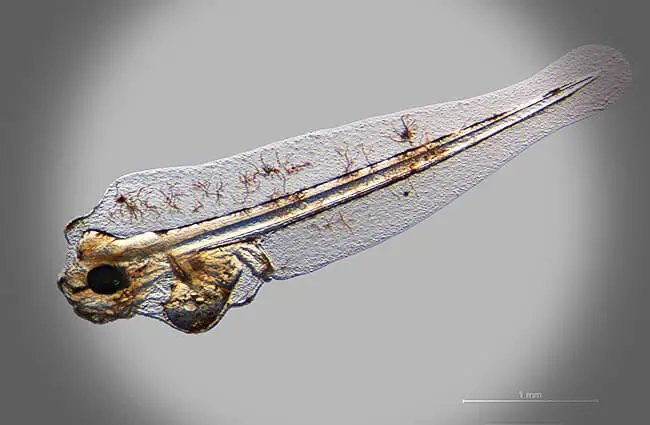

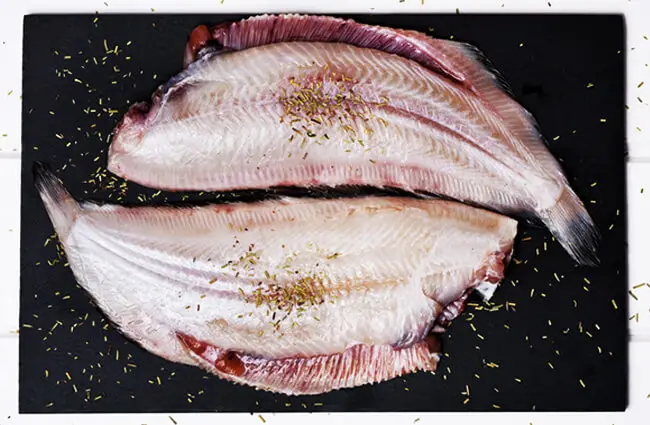
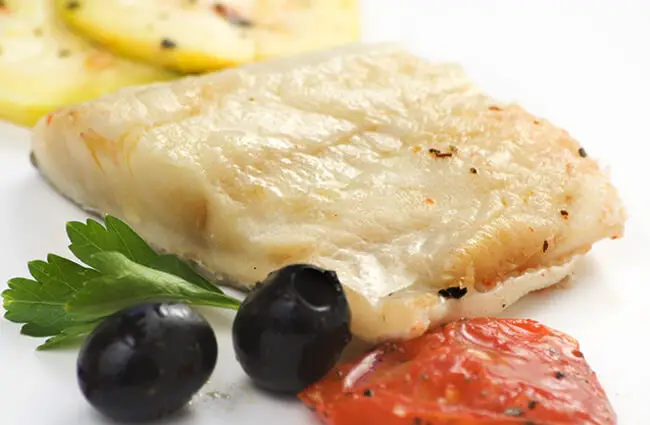

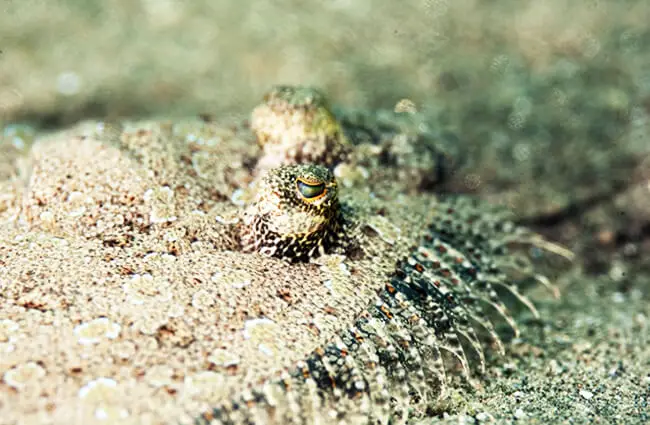


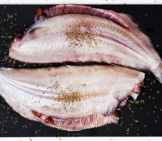
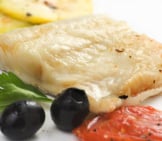
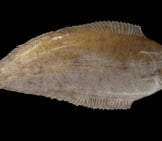
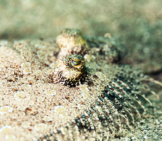
![Red Angus Closeup of a beautiful Red Angus cowPhoto by: U.S. Department of Agriculture [pubic domain]https://creativecommons.org/licenses/by/2.0/](https://animals.net/wp-content/uploads/2020/03/Red-Angus-4-238x178.jpg)

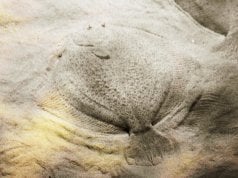










![Red Angus Closeup of a beautiful Red Angus cowPhoto by: U.S. Department of Agriculture [pubic domain]https://creativecommons.org/licenses/by/2.0/](https://animals.net/wp-content/uploads/2020/03/Red-Angus-4-100x75.jpg)

